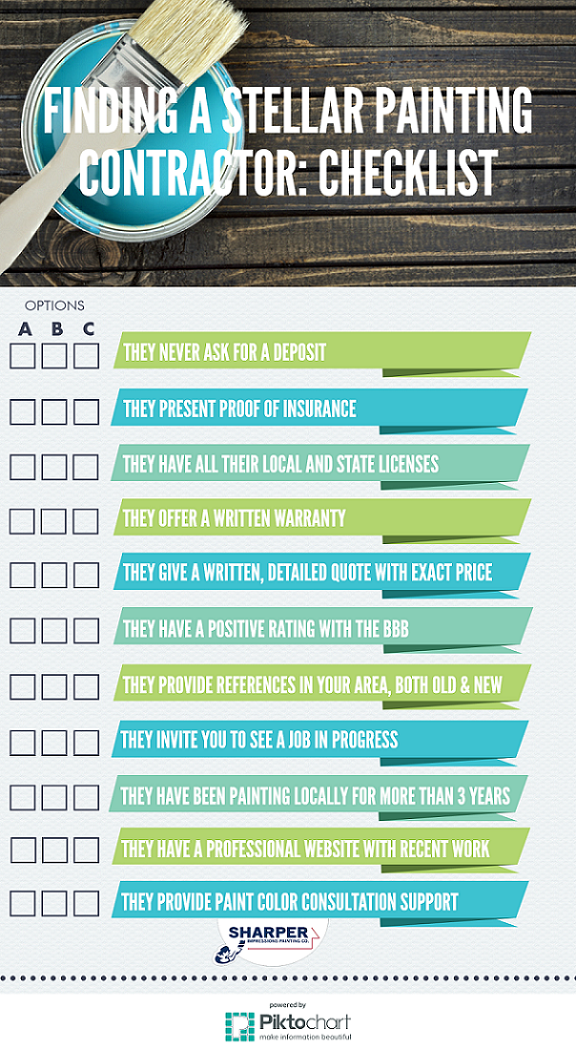Seasonal Consider Industrial Exterior Painting: Trick Insights You Ought To Be Aware Of
Seasonal Consider Industrial Exterior Painting: Trick Insights You Ought To Be Aware Of
Blog Article
Web Content By-Aguilar Browne
When you're preparing an industrial external paint job, seasonal aspects can make or damage your results. You'll wish to think about how temperature level and humidity effect paint application and drying out times. Picking the right period can ensure your paint sticks effectively and lasts longer. However which seasons are truly the best for this sort of work? Let's check out the key elements that can influence your project's success.
The Effect of Temperature Level on Paint Application
When you're preparing a commercial outside painting task, the temperature level can substantially influence exactly how well the paint adheres and dries.
Ideally, you want to paint when temperatures range between 50 ° F and 85 ° F. If it's too chilly, the paint may not treat appropriately, bring about concerns like peeling or splitting.
On the other hand, if it's as well hot, the paint can dry too quickly, preventing proper bond and leading to an irregular finish.
You ought to also consider the moment of day; early morning or late afternoon provides cooler temperature levels, which can be a lot more desirable.
Constantly examine the manufacturer's recommendations for the certain paint you're making use of, as they often provide guidance on the ideal temperature level array for optimum results.
Moisture and Its Impact on Drying Times
Temperature level isn't the only environmental variable that affects your industrial outside painting job; humidity plays a substantial role as well. High moisture degrees can decrease drying times significantly, affecting the general high quality of your paint task.
When the air is saturated with wetness, the paint takes longer to heal, which can bring about problems like bad adhesion and a higher danger of mildew development. If you're repainting on an especially humid day, be gotten ready for extended delay times between coats.
It's important to check local climate condition and strategy as necessary. Preferably, aim for humidity degrees between 40% and 70% for ideal drying out.
Maintaining these factors in mind ensures your task remains on track and delivers a long-term surface.
Best Seasons for Commercial Exterior Painting Projects
What's the most effective time of year for your industrial external paint jobs?
Springtime and very early autumn are commonly your best bets. During these seasons, temperature levels are moderate, and humidity levels are commonly reduced, creating ideal problems for paint application and drying.
Stay clear of summer season's intense heat, which can trigger paint to dry also rapidly, causing poor adhesion and finish. Likewise, winter's cool temperature levels can hinder proper drying and treating, running the risk of the durability of your paint job.
Aim for days with temperatures in between 50 ° F and 85 ° F for optimal results. Keep in https://www.architecturaldigest.com/gallery/most-popular-white-paint-colors to check the neighborhood weather forecast for rain, as damp problems can ruin your job.
Planning around these variables guarantees your painting job runs efficiently and lasts much longer.
Final thought
Finally, intending your business outside painting projects around seasonal considerations can make a considerable difference in the outcome. By organizing work throughout the perfect temperature levels and humidity degrees, you'll make certain much better attachment and drying out times. Bear in mind to watch on regional weather forecasts and pick the correct time of year-- springtime and early fall are your best bets. Taking retail painting will assist you accomplish a durable and expert surface that lasts.
